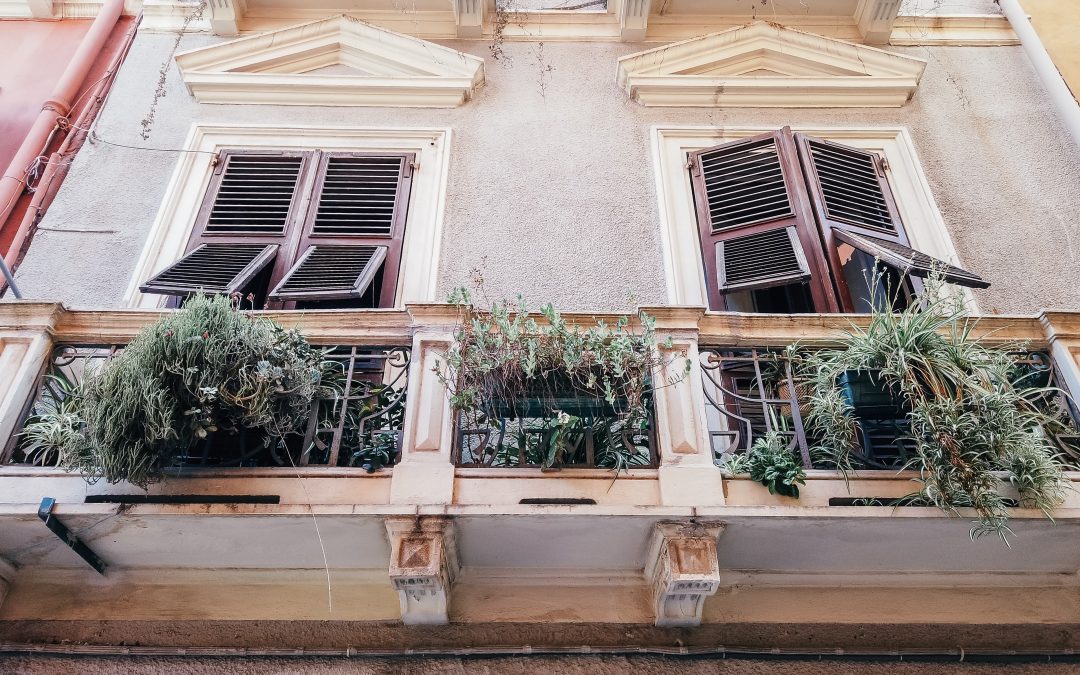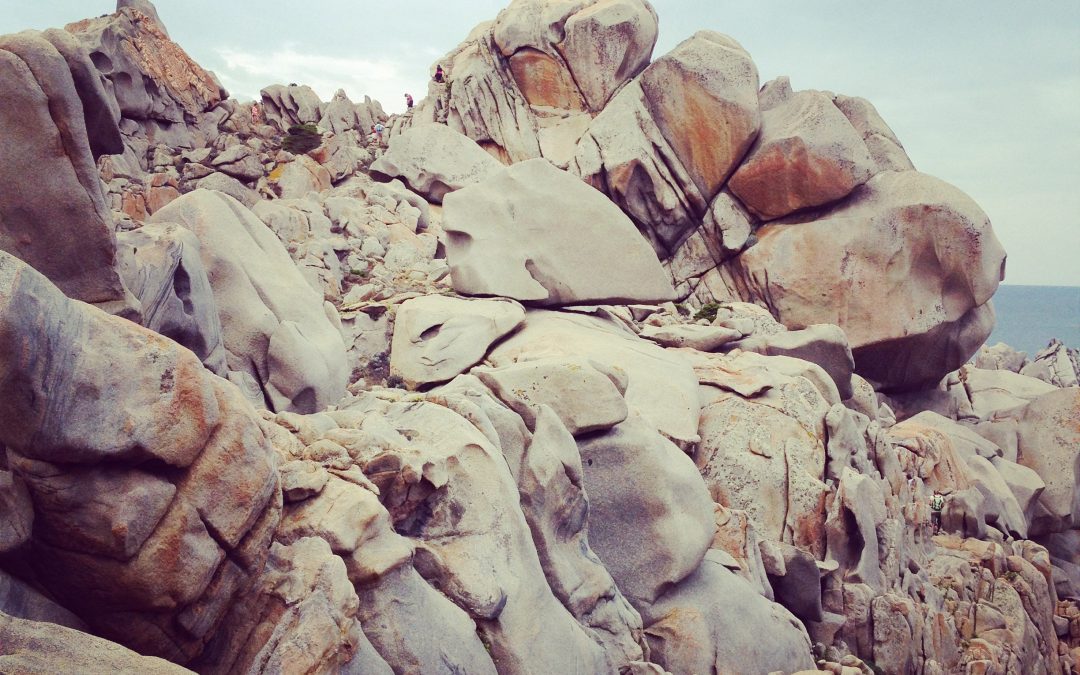Cagliari is a city like no other Italian city we have visited. It's a port city, and it wears its history on its sleeve. Everywhere you go you come across traces of its rich past, from ancient Roman ruins, to museums filled with prehistoric artefacts, to centuries-old...


